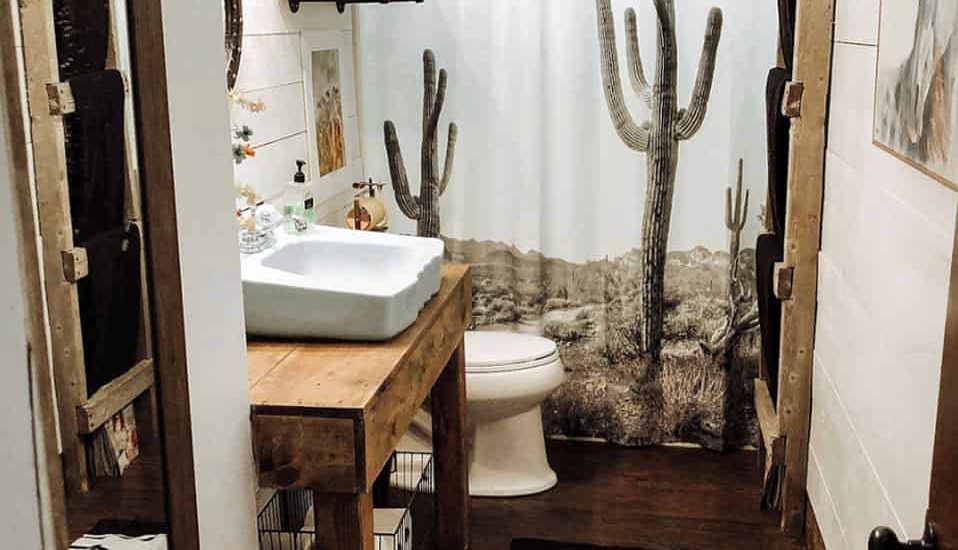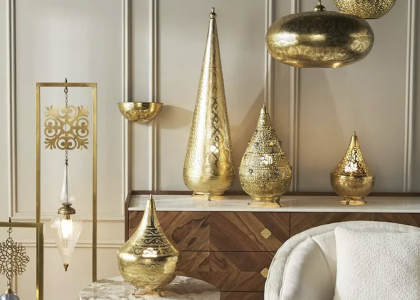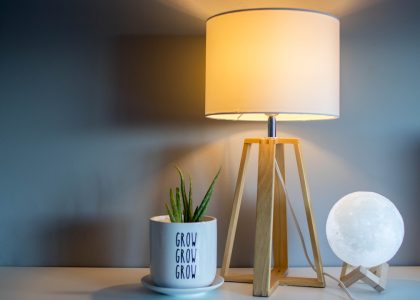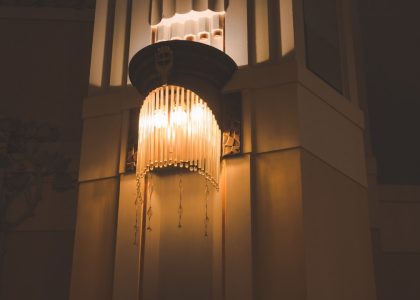A Brief History of the Bauhaus
The Bauhaus, founded in 1919 by Walter Gropius, was a radical art school in Germany that sought to unite all forms of art and design under one approach. It was a reaction to the traditional, often elitist arts and crafts movements of the time, and aimed to create functional, modern designs that were accessible to everyone.
The school embraced new materials and production techniques, and its students and faculty produced buildings, furniture, textiles, ceramics, and more that were both innovative and practical. The Bauhaus operated until 1933, when it was closed by the Nazis.
Introducing the Bauhaus Leuchte
One of the most iconic designs to come out of the Bauhaus is the Leuchte, a lamp that exemplifies the school’s principles of simplicity, functionality, and modernity. Designed by Wilhelm Wagenfeld in 1924, the Leuchte has become a classic example of Bauhaus design and is still produced today.
The Leuchte features a cylindrical glass shade that sits atop a metal base, with two perpendicular rods that hold the shade in place. The shape is simple and elegant, with clean lines and an unadorned appearance.
The Characteristics of Bauhaus Design
The Leuchte is a perfect example of the Bauhaus design philosophy, which emphasized simplicity, functionality, and modernity. These principles were applied to all areas of design, from architecture to graphics to furniture.
Simplicity: Bauhaus designers believed that form should follow function, and that unnecessary ornamentation was a distraction. The Leuchte’s simple shape and unadorned appearance reflect this belief.
Functionality: The Bauhaus aimed to create designs that were not only aesthetically pleasing, but also practical and easy to use. The Leuchte’s cylindrical shade provides an even, diffuse light that is suitable for a variety of settings.
Modernity: The Bauhaus sought to create designs that were compatible with modern technology and production methods. The Leuchte’s use of glass and metal reflects this approach.
The Leuchte in Modern Spaces
Although it was designed almost 100 years ago, the Leuchte remains a popular and practical choice for modern spaces. Its clean, simple lines and unadorned appearance make it a perfect fit for contemporary design, and its diffused light is ideal for use in a variety of settings.
The Leuchte has been used in a variety of applications, from homes to offices to public spaces. It has been featured in museums and design exhibitions, and has become a symbol of the Bauhaus movement as a whole.




